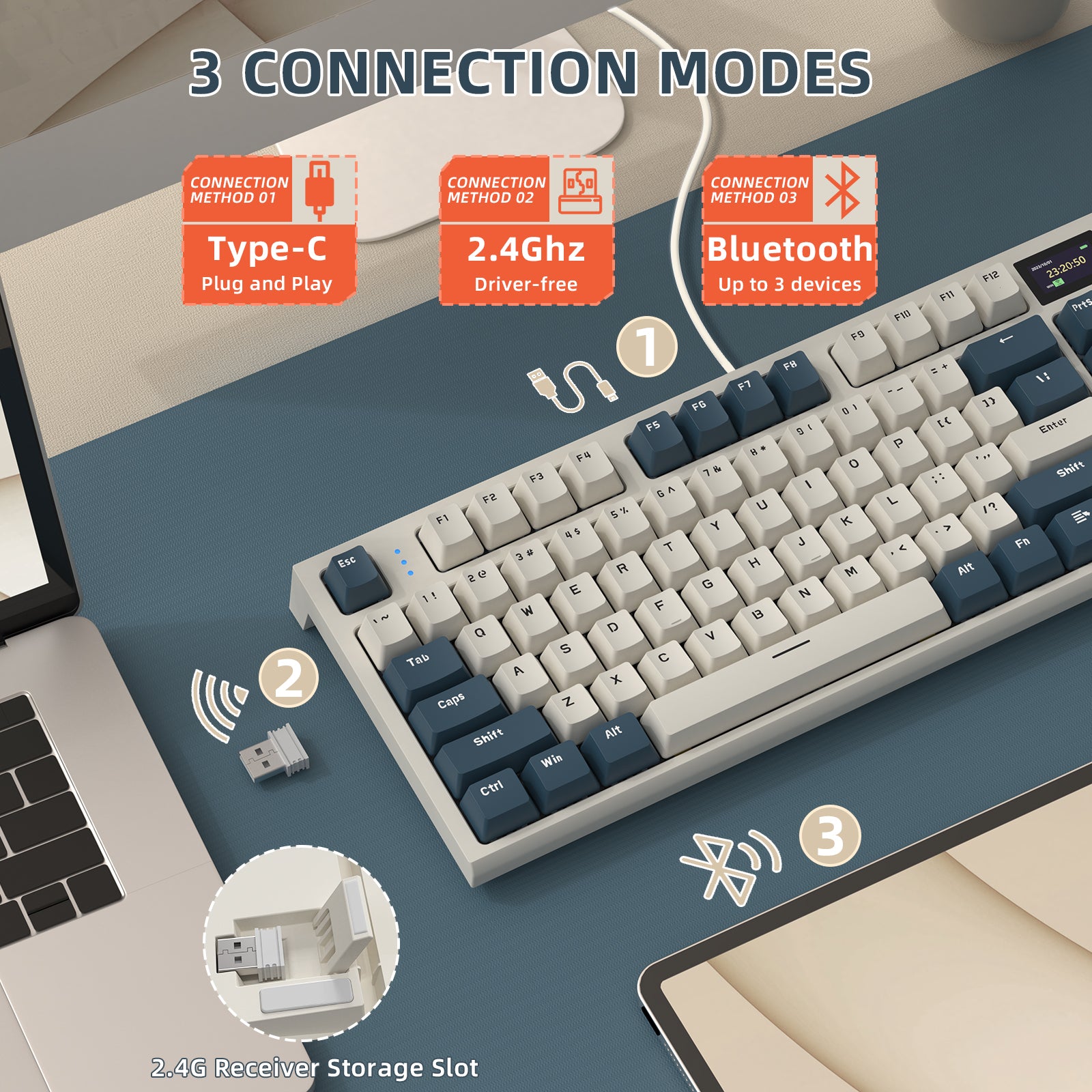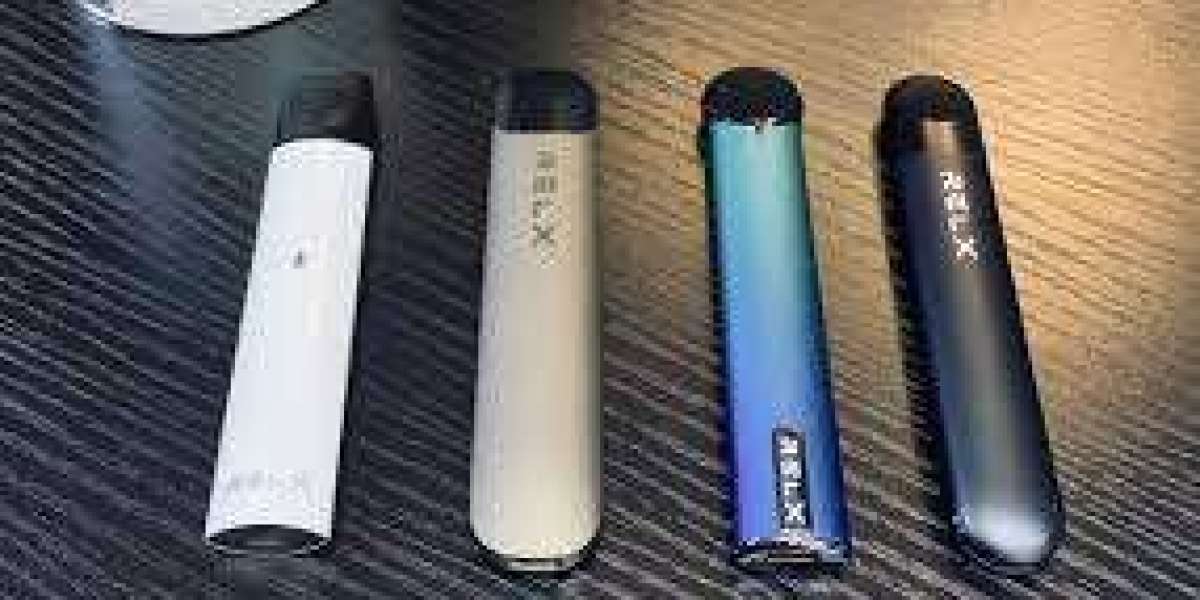In the realm of computer peripherals, the mechanical-switch keyboard stands out for its durability and tactile feedback. But what exactly makes these keyboards so popular among gamers and typists alike? This guide will delve into the intricacies of mechanical switches, helping you make an informed decision when selecting your next keyboard.

What is a Mechanical-Switch Keyboard?
A mechanical-switch keyboard utilizes individual mechanical switches for each key, providing a distinct feel and sound compared to traditional membrane keyboards. These switches are designed to offer better responsiveness and longevity, making them a preferred choice for many users. But how do these switches differ from one another?
Types of Mechanical Switches
Mechanical switches can be categorized into three primary types: tactile, linear, and clicky. Each type offers a unique typing experience:
- Tactile Switches: These switches provide a noticeable bump when the key is actuated, allowing users to feel when a key has been pressed without bottoming out.
- Linear Switches: Linear switches offer a smooth keystroke without any tactile feedback. They are often favored by gamers for their quick actuation.
- Clicky Switches: As the name suggests, clicky switches produce an audible click sound upon actuation, providing both tactile and auditory feedback.
Choosing the Right Mechanical-Switch Keyboard
When selecting a mechanical-switch keyboard, consider the following factors:
- Typing Preference: Do you prefer a tactile feel, or do you favor a smooth keystroke? Your typing style will significantly influence your choice.
- Noise Level: If you work in a shared environment, you might want to avoid clicky switches due to their noise.
- Key Travel Distance: Different switches have varying travel distances, which can affect comfort during long typing sessions.
Ultimately, the right keyboard will depend on your personal preferences and usage scenarios. If you are unsure, testing different switches in-store can provide valuable insights.
Benefits of Mechanical-Switch Keyboards
Investing in a mechanical-switch keyboard comes with numerous advantages:
- Durability: Mechanical switches are built to last, often rated for tens of millions of keystrokes.
- Customization: Many mechanical keyboards allow for keycap replacement and switch swapping, enabling users to personalize their setup.
- Enhanced Typing Experience: The tactile feedback and responsiveness can lead to improved typing speed and accuracy.
Conclusion
Understanding the differences between various mechanical switches is crucial for selecting the right mechanical-switch keyboard for your needs. Whether you are a gamer, a programmer, or someone who types extensively, there is a mechanical keyboard tailored for you. Explore a wide range of options at and elevate your typing experience today!







